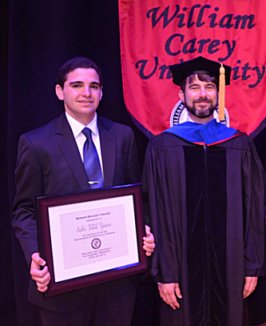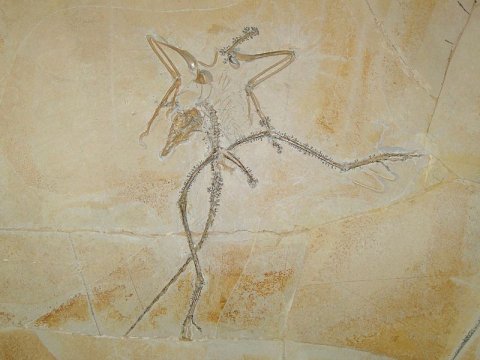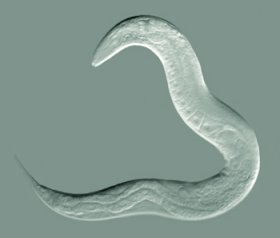Using the wind to produce energy is considered by many to be an environmental panacea. Consider the words of Greg Vitali, a member of the Pennsylvania House of Representatives:
Wind energy is better for the environment than coal, natural gas or nuclear energy. Wind turbines operate pollution free, do not add to climate change and use very little water.
At first glance, this sounds reasonable. After all, wind turbines don’t emit carbon dioxide, so they are not contributing to the horrible “global warming” that is supposed to happen this century. They also don’t seem to consume much. They just sit there, twirling in the breeze, making electricity for us to use. It’s not surprising, then, that wind power is the fastest-growing source of new electrical power in the U.S.
As the video above shows, however, wind turbines do have an environmental impact – they can kill flying animals. Of course, a video of one or two birds being knocked out of the air by a wind turbine is no cause for alarm. The real question is, “How often does this happen?” If a few hundred birds are killed each year by wind turbines, you can legitimately say that their impact on bird populations is relatively low. However, a recent study indicates that more than just a few hundred birds are being killed each year by the turbines that produce wind power.






